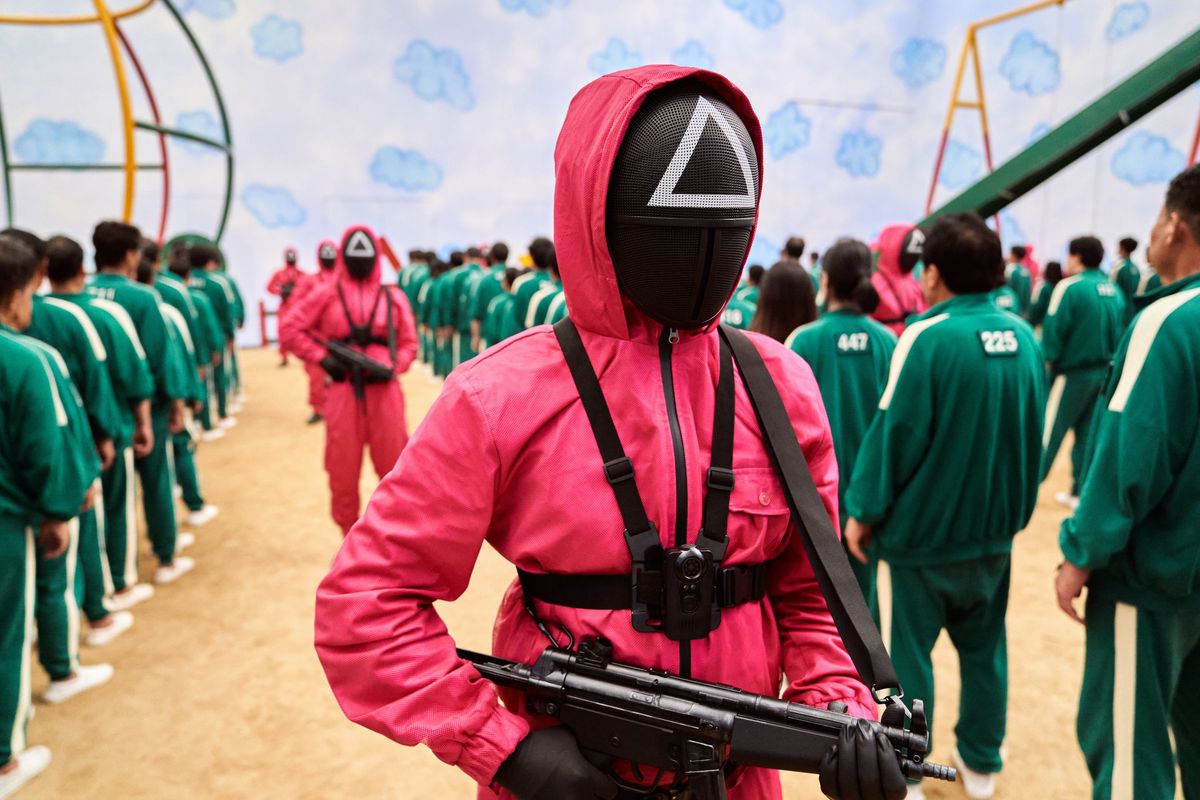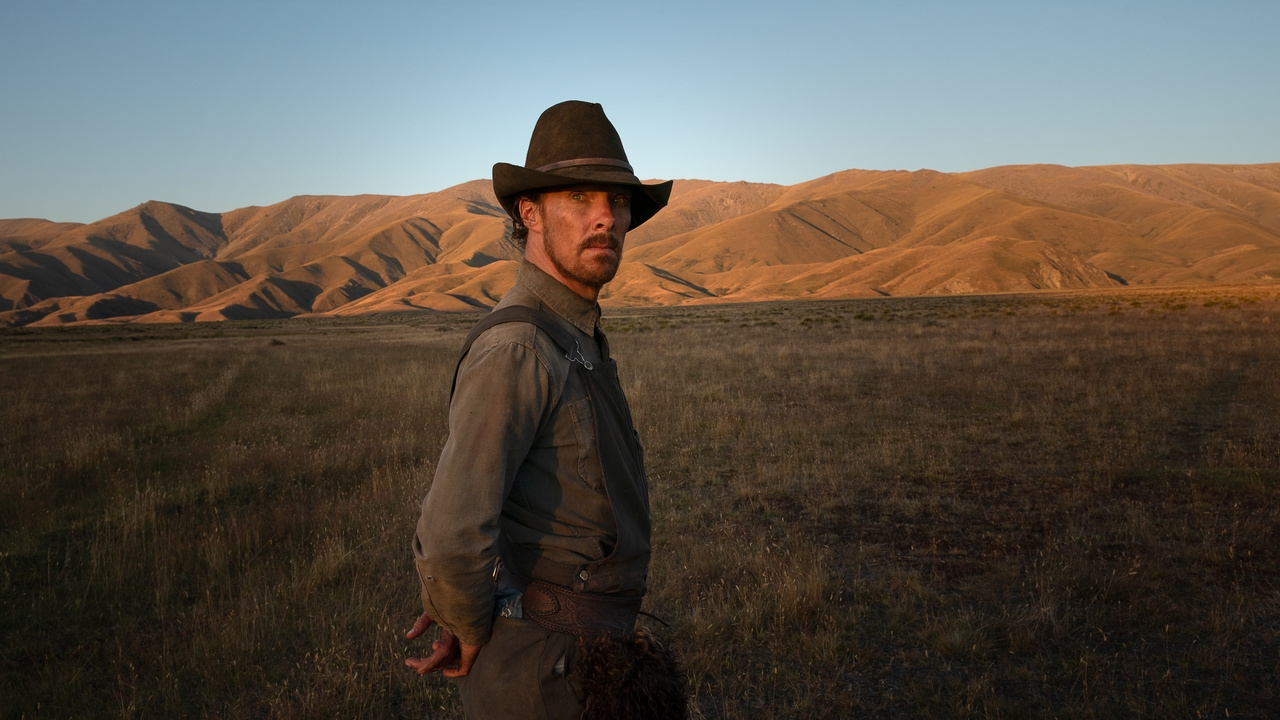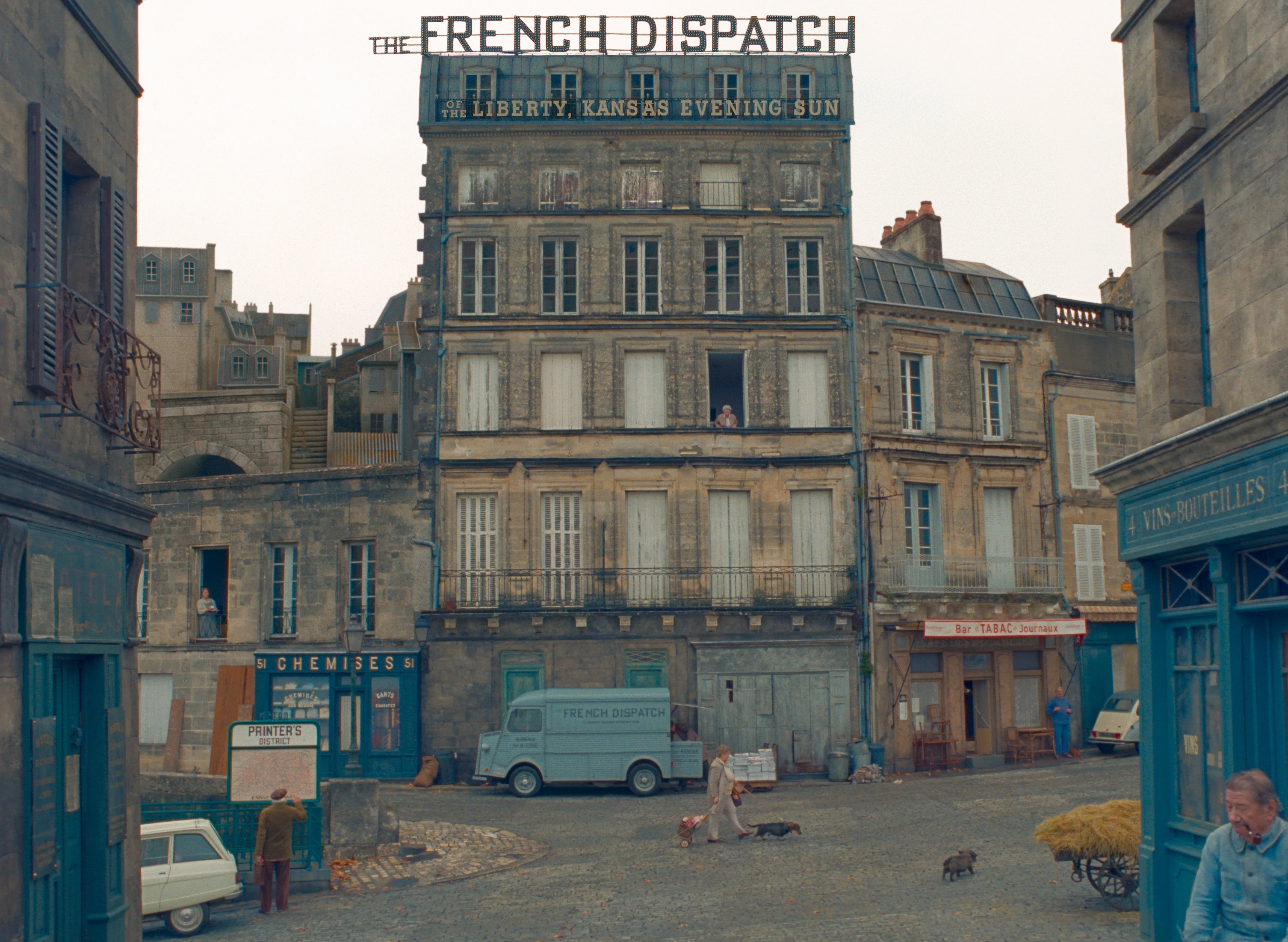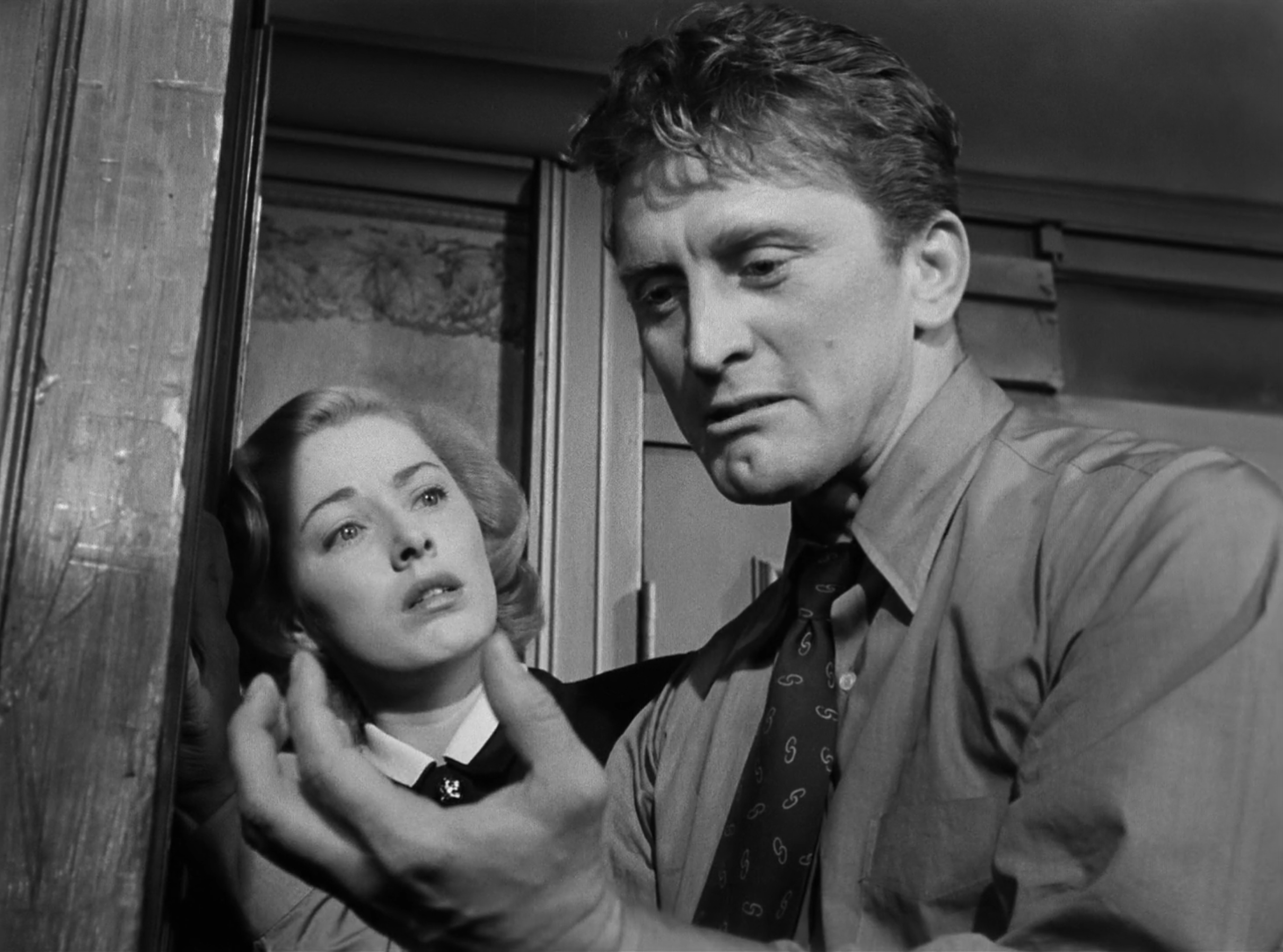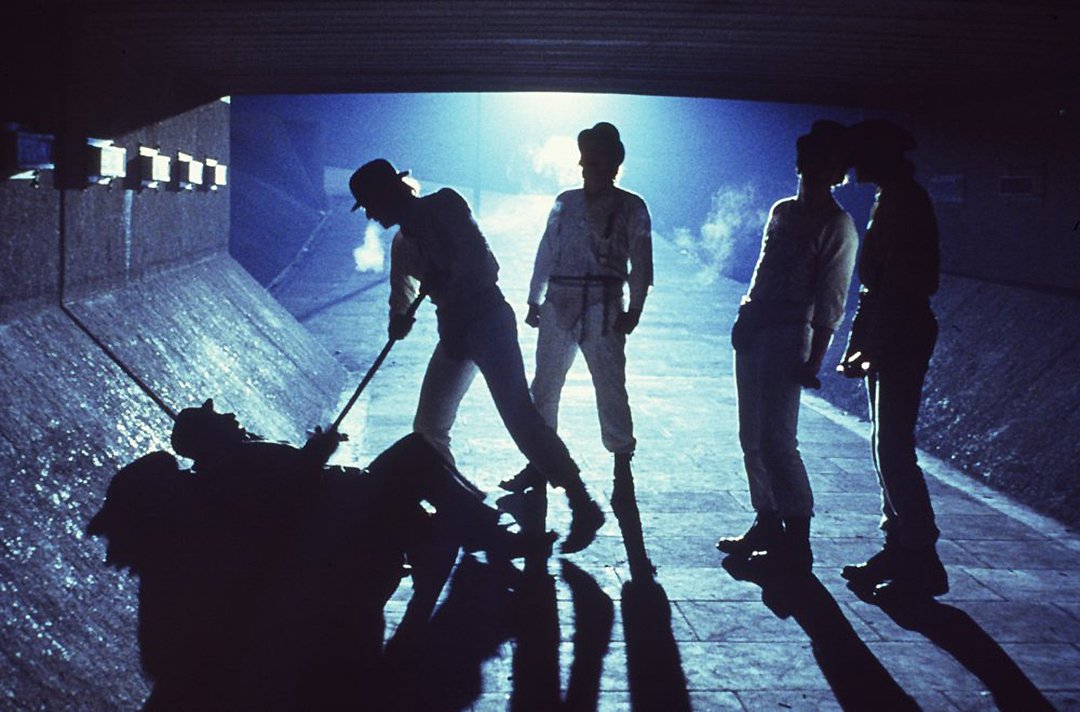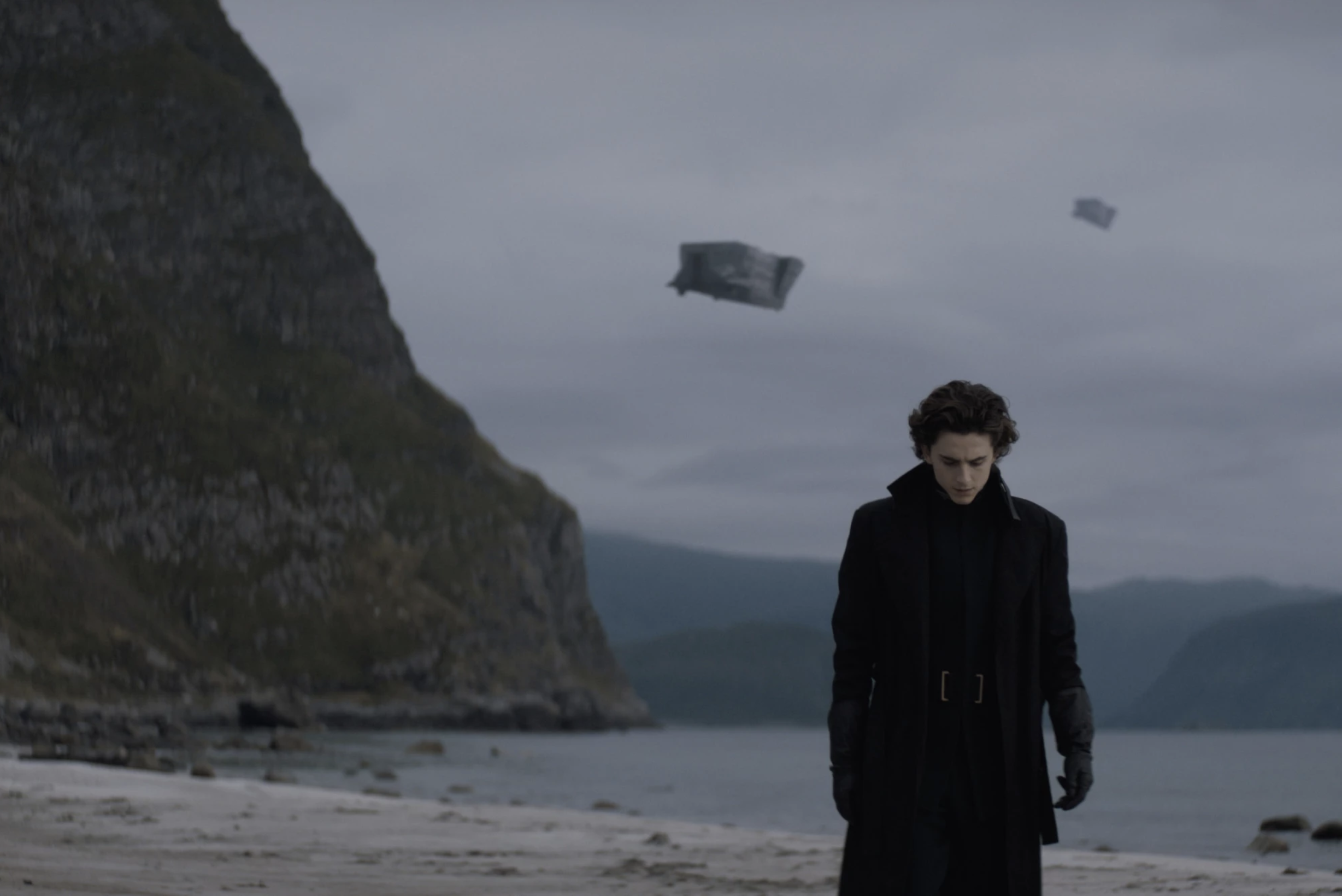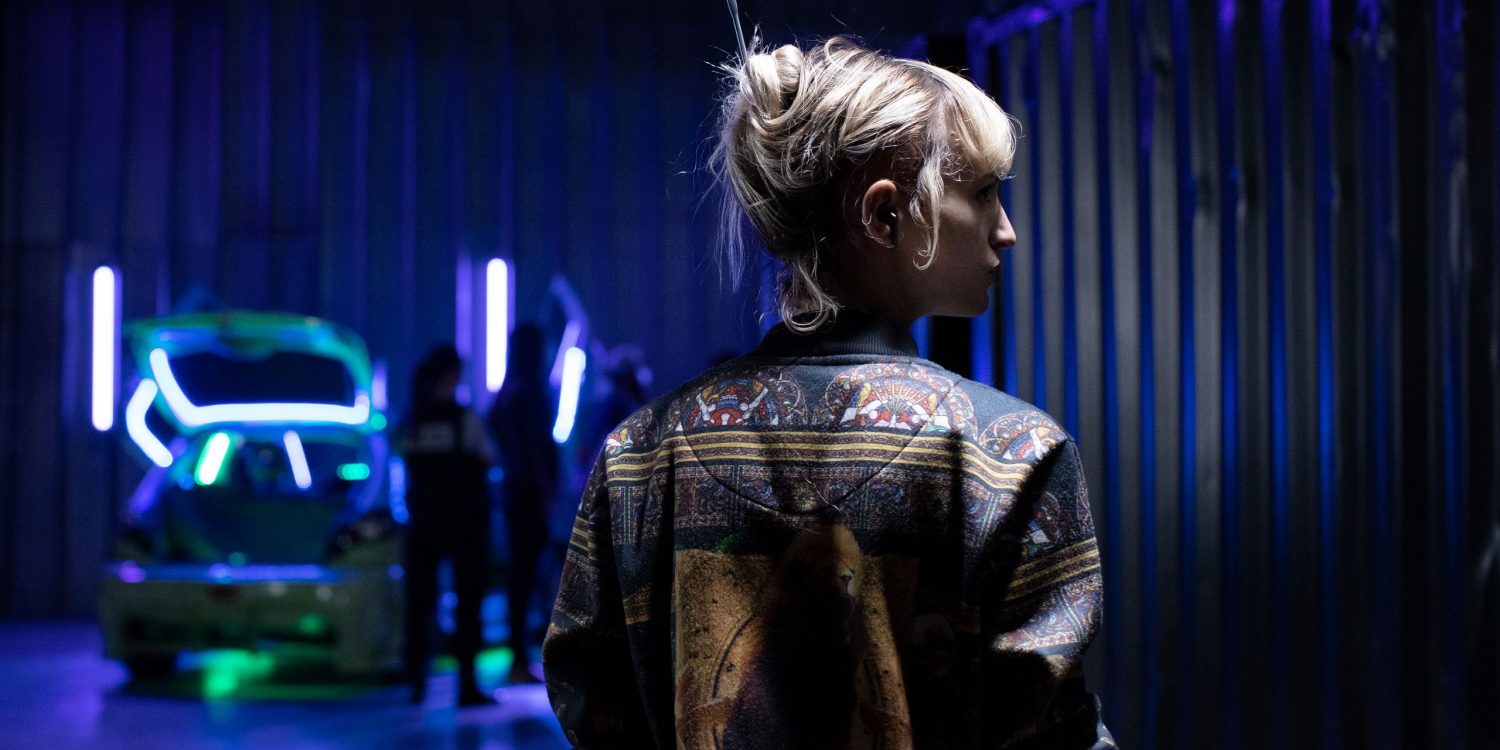Squid Game (2021)
In building out its characters in rich enough detail that both thrilling set pieces and quieter moments of drama are able to operate on equally gripping levels of tension, Squid Game forms a layered microcosm of cruel, barbaric capitalism in South Korea.

